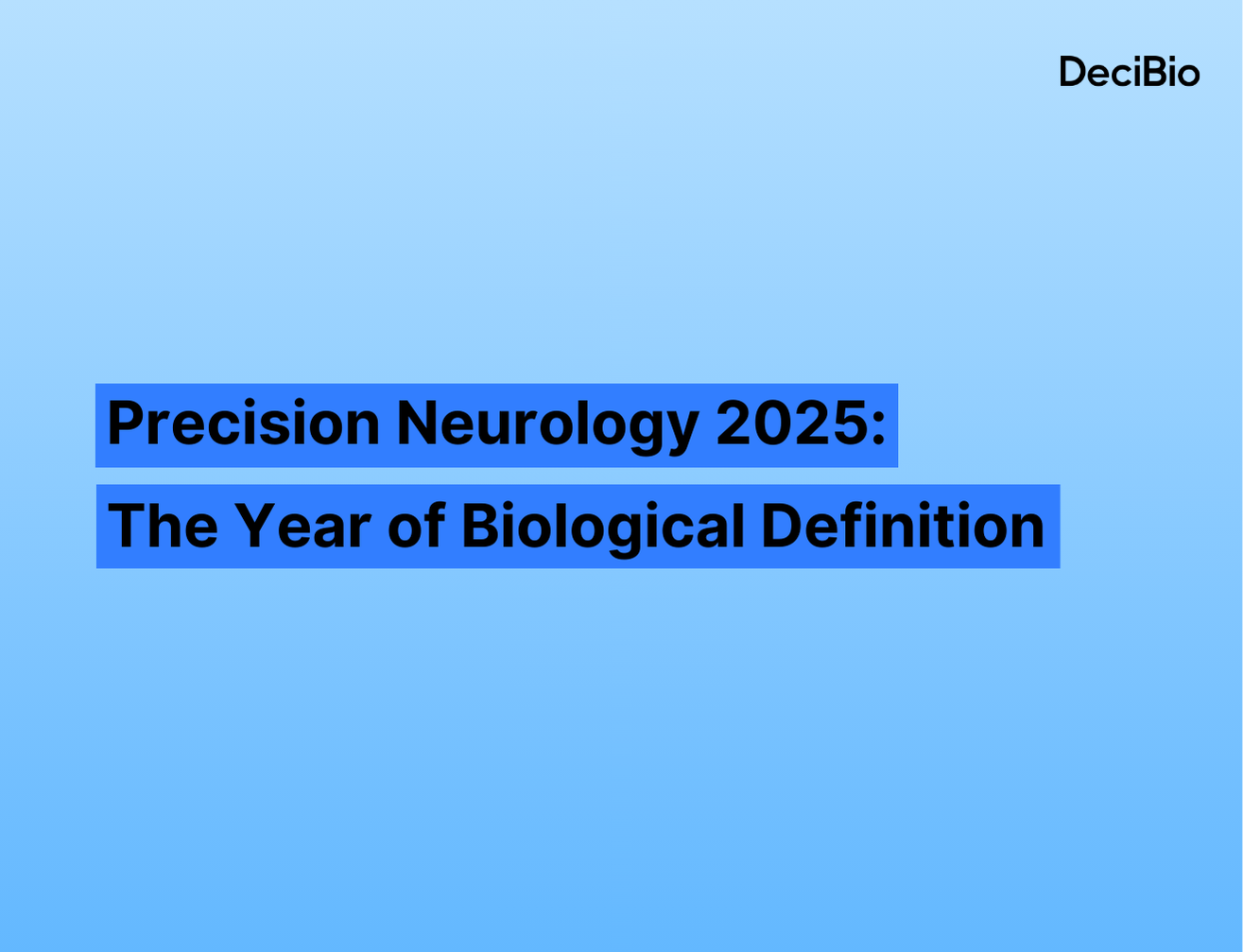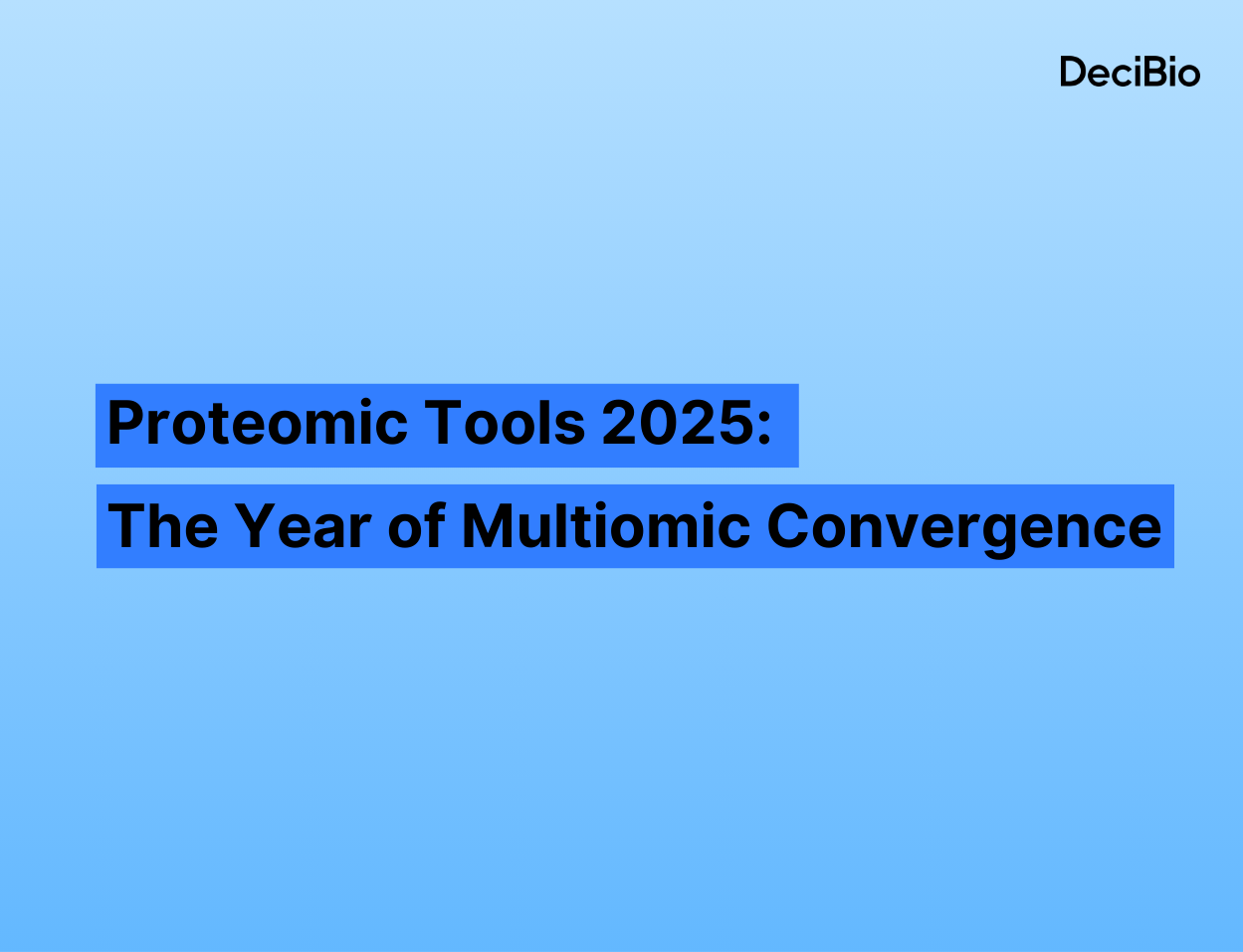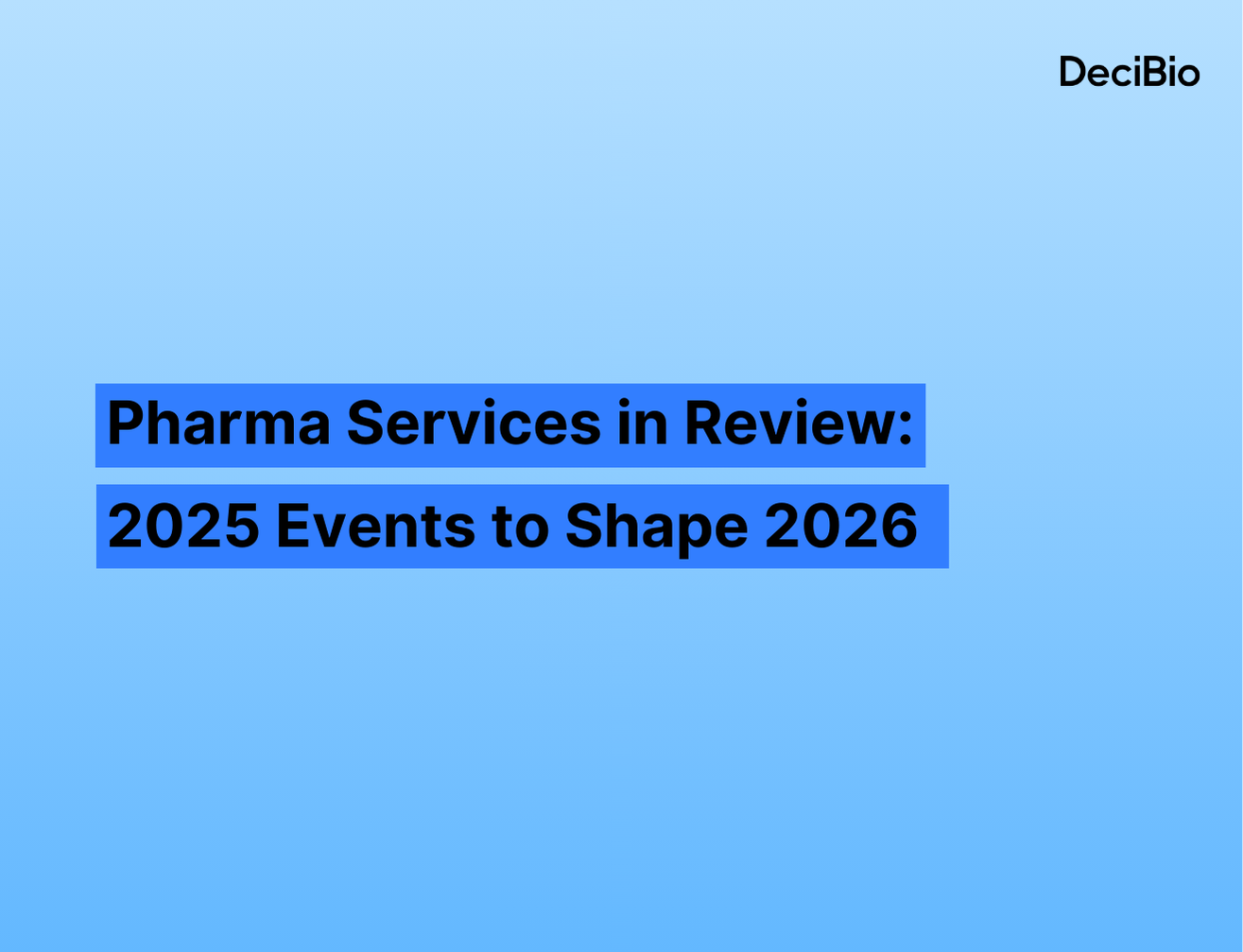Highlights from the Advances in Genome Biology Technology 2019 General Meeting
It was good to be back in Marco Island for #AGBT19, and to see that genomics continues to kill it! At a high level, we made several observations largely shared by attendees, as detailed in our survey below:
Spatial profiling is all the rage
NanoString successfully hosted the first workshop ahead of the conference: ~15% of AGBT attendees came half a day before the meeting to learn about this enabling technology for four hours. More impressively, the session, which included talks from Nanostring, Spatial Transcriptomics / 10X Genomics, Readcoor, MERFISH remained packed throughout a (beautiful sunny) day! The appetite for this technology clearly expands beyond obvious applications (e.g., tumor microenvironment, neurology), and there is room for multiple players to carve niches based on platform / tech specifications.
Single cell genomics (SCG) is here to stay
The approach is now well-proven and established and continues to gain traction among an increasingly large and diverse customer base. Most attendees that we interviewed had either used SCG (primarily 10X Genomics’ Chromium platform) or intend to do so when their funding permits. The critical importance of understanding the biology at the single cell level is now largely unequivocal in basic research settings. The application may go “high throughput” with the Chromium Connect for automated single cell analysis system.
Long read technologies start to mature
Both Oxford Nanopore and Pac-Bio are quickly improving in accuracy. As a result, structural variation analysis is gaining in popularity, and genomes are getting more complete. One interviewee mentioned the term “next generation genomes” to characterize telomer to telomer assembly that can fully complete our view of the genomes, or the impressive body of work using Hi-C to help understand enhancer interaction.We observed additional interesting trends
Biology takes center-stage
Many of the talks this year focused on biological insights, with the underlying genomic technology being visible but in the background. In addition, experiments and stories also appeared more well-rounded (e.g., including data beyond genomics). There is likely no such thing as junk DNA, which is full of regulatory elements.
NGS enters and industrialization phase
As the scale and number of genomics projects increases, we witness significant streamlining in NGS workflow. Automation is on the rise and multiple companies are launching automated library prep solutions (e.g., 10X Genomics, Perkin Elmer, Agilent). These novel solutions ostensibly overcome the previous limitation with these instruments that weren’t flexible enough to accommodate the diversity of customer workflow, among other issues.
Datasets are getting massive
All trends listed above result in experiments generating stupendous amounts of data, and therefore data analysis is bound to become even more of a challenge and bottleneck. Companies and institutions are also increasingly making large datasets publicly available (e.g., 200,000 CD8+ T cells and analyzing 44 specific antigens, which will be larger than the current info contained in VDJdb). Interestingly, while machine learning / AI were underlying many of the talks at the conference (e.g., Cole Trapnell, Tuuli Lappalainen, Ben Raphael), details on progress on that front were relatively muted; this may in part because these conversations can turn highly complex very quickly. “Big data” also calls for improved data visualization tools, and many innovative ways to present results were on display at the conference.
The NGS ecosystem continues to expand
Innovation is alive and well, from academics to entrepreneurs (e.g., Slide-Seq, Split-Seq, Chem-Seq). As many start-ups enter the space, the diversity of companies attending the conference augments. Interestingly, these companies now stem from biotech hubs outside of California, such as Boulder, CO, or Seattle, WA. A few interviewees appeared very excited with what may be cooking at Watchmaker Genomics (Foskett, Kudlow, and Picone). In addition, interestingly, non-traditional players for example in the semiconductor industry (e.g., LAM Research, Imec) are starting to attend AGBT.
Chatter on sequencing options intensifies
Genapsys launched a new sequencer at the conference, and MGI showed early data on its T7 platform (announced at ICG in October 2018) and suggested a launch near the end of year; Agilent’s Kevin Corcoran highlighted Lasergen in his presentation. In addition, the community appears increasingly aware of start-ups with products in the works (e.g., Roswell, Omniome, Quantapore, Startos, Quantum SI) as well as their underlying technologies.
Companies compete less, collaborate more
Competition obviously continues to exist among sequencing manufacturers, as mentioned above. However, companies appear increasingly collaborative to fill the gap in their offerings/expertise and ensure a more seamless experience and workflow for their customers. [credits go to Daniela Bezdan for first pointing this out first!]. We will keep an eye out (and perhaps do some partnership analysis) to confirm this trend and try to understand possible drivers (e.g., someone mentioned the “Millennial effect”).
Attendee Survey
As usual, we conducted an in-person survey with 76 AGBT attendees during the last evening celebration to understand what they’ll remember about the 2019 vintage. They were asked to highlight three exciting themes, companies, technologies or talks from this year’s conference. We allocated 3 points to their first answer, 2 points to the second, and 1 point to the third (and fourth for ~10% of respondents). Attendees were asked to not vote for their own talk/company. Themes overlapped, and we did not attempt to deconvolute the data. The top 3 answers were...
First place: Spatial Profiling (131 points, 51 mentions)
Spatial profiling was undoubtedly the talk of the town this year, mentioned by ~2/3 of survey respondents (51/76)! NanoString came top of mind as the associated technology; the GeoMx platform has been adopted for 70+ projects to date (1,000+ samples, 25+ cancer types), ½ academic customers.Additional solutions exist and were highlighted by interviewees. Most notably Slide-Seq (6 mentions) was of interest to interviewees who were most cash-strapped, given the more modest expected cost, high resolution, and expected ease of scaling to larger areas). In addition, 10X announced the Visium Spatial Gene Expression Solution at their workshop; it is expected to ship later this year.
Second place: Single Cell Genomics (70 points, 31 mentions)
Two months ago, at JP Morgan, 10X Genomics announced that its revenues doubled from $71M in 2017 to $146M in 2018. The explosion in interest was palpable at the conference, and new product launches (including access to datasets) should help fuel this fire. We were impressed by the number of new potential labs and users interested in adopting single cell genomics; the momentum shall continue.Users we interviewed reported that the Chromium platform was robust; delivered best in class data, but at a high price. While alternatives exist (e.g., Mission Bio in the clinic, Dolomite, BD), they don’t appear to have been adopted to a significant extent (yet) by attendees we interviewed.
Third place (tied): Long reads (44 points, 25 mentions)
Attendees highlighted 3 interesting points about long read technologies: 1) interest appears to grow across applications (e.g., structural variations, complete genomes, RNA); 2) accuracy is improving rapidly, and 3) the library preparation is getting easier.While Oxford Nanopore was “the great absentee” at the conference, their sequencers were used in multiple talks, including at scale (e.g., “100 genomes in 100 days”). The throughput and accuracy continue to improve on a monthly basis in customers’ hands.The renewed interest in PacBio appears to be driven by the increased accuracy of the CCS method (HiFi reads – 99% of reads at 99% accuracy potentially achieving QV50 [99.999% accuracy] at 40x coverage, and an impressive QV60 at 80 coverage), the upcoming launch of the Sequel II, and Illumina acquisition on the commercial side.Of note, MGI (more on them below) also offers a long-read solution (single-tube long fragment read chemistry) that can theoretically generate up to 300 kb reads on the same sequencers as the fragment libraries; we have not talked to users of this chemistry yet.Dale’s blog entry on the topic has additional color commentary.
Third place (tied): MGI (44 points, 23 mentions)
While some recency bias may exist as this was the last talk of the conference, and we conducted our survey that evening, Roy Tan’s MGI talk on the MGISEQ-T7 undoubtedly generated chatter!Survey respondents split about equally in 3 groups: 1) 30% of interviewees were excited and confident, based on robustness in nanoballs, discussions with colleagues who confirmed MGI’s data quality, and hope to see increased competition for high throughput short read solutions (in order to help push price down, and keep Illumina on its toes). 2) 30% of interviewees were relatively neutral and took a wait and see approach to the announcement; Finally, 3) 40% of interviewees were skeptical and expressed doubts on various front (e.g., ability to execute, platform performance at customers’ sites, CoolNGS Chemistry generating 600 bp PE reads, first announced at AGBT this year). It should be noted that supporting a fleet of high throughput sequencers decentralized at customer sites running heterogeneous protocols is a non-trivial exercise that Illumina has mastered.The company has another high-throughput system – the MGISeq-2000 – already launched in many regions worldwide, and supporting a broad range of applications from WGS to RNA-Seq.Again, Dale covers the talk in great details here.
Other themes
As a continued testament to the richness of the conference and the genomics space, attendees provided answers outside of the top 3 list above.
“Next Generation Genomes” (20 points, 10 mentions)
Next Generation Genomes were purposefully called out by survey respondents as different from “long reads”, but too include more complete (in one case telomer to telomer) and better annotated genomes; these can be obtained with a mix of short and long read technologies, as well as methods like Hi-C.
Illumina’s dominance (14 points, 8 mentions)
Illumina’s dominance was often highlighted as « too obvious of an answer » ; with that said a few attendees enjoyed the workshop and product positioning of the NovaSeq as a flexible instrument with a broad set of chip/throughput options.
Genapsys’ mix bag (14 points, 7 mentions)
The general consensus is that the platform would have been amazing 3 years ago, but hard to justify over an iSeq today.Finally, survey respondents called out a long tail or trends and multiple speakers that delivered memorable talks including (in order of mentions): Cole Trapnell, Wendy Bickmore, Aviv Regev, John Charles, and Joanna Kelley.#NGSisUnstoppable
About the Author

Stephane Budel is a partner at DeciBio with over 12 years of experience in life science business consulting, entrepreneurship and academic research. Connect with him on LinkedIn.Contact Stephane and the DeciBio team to learn the latest insights impacting your industry.Disclaimer: Companies listed above may be DeciBio clients and/or customers







